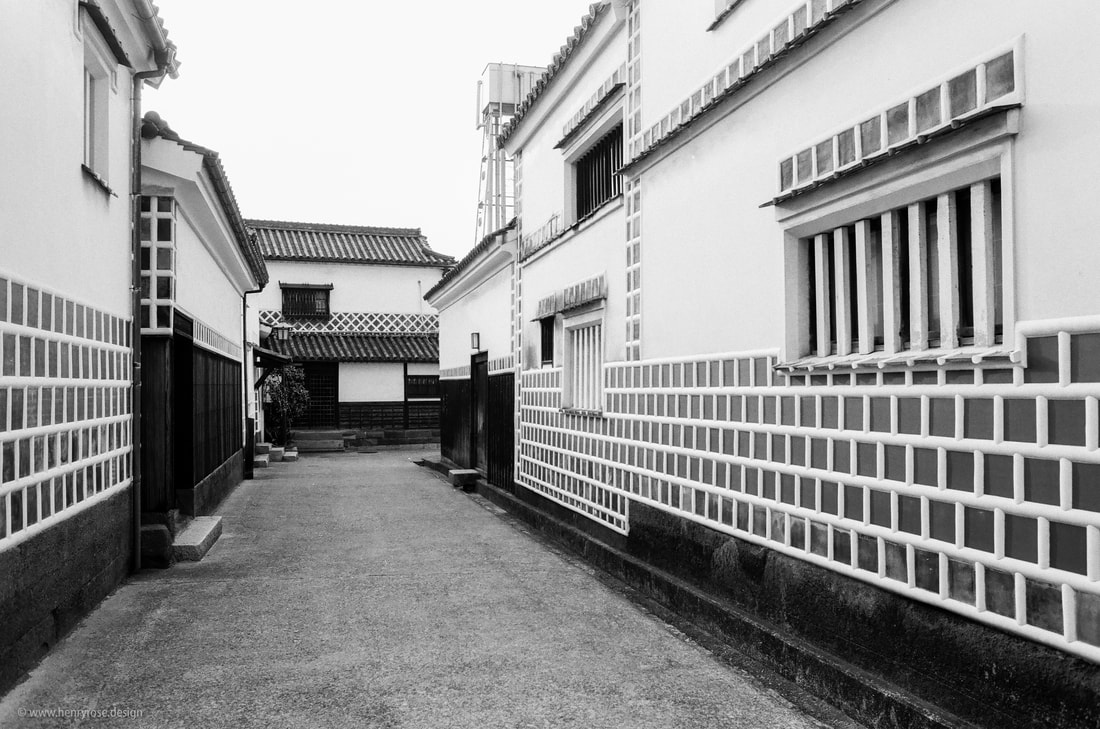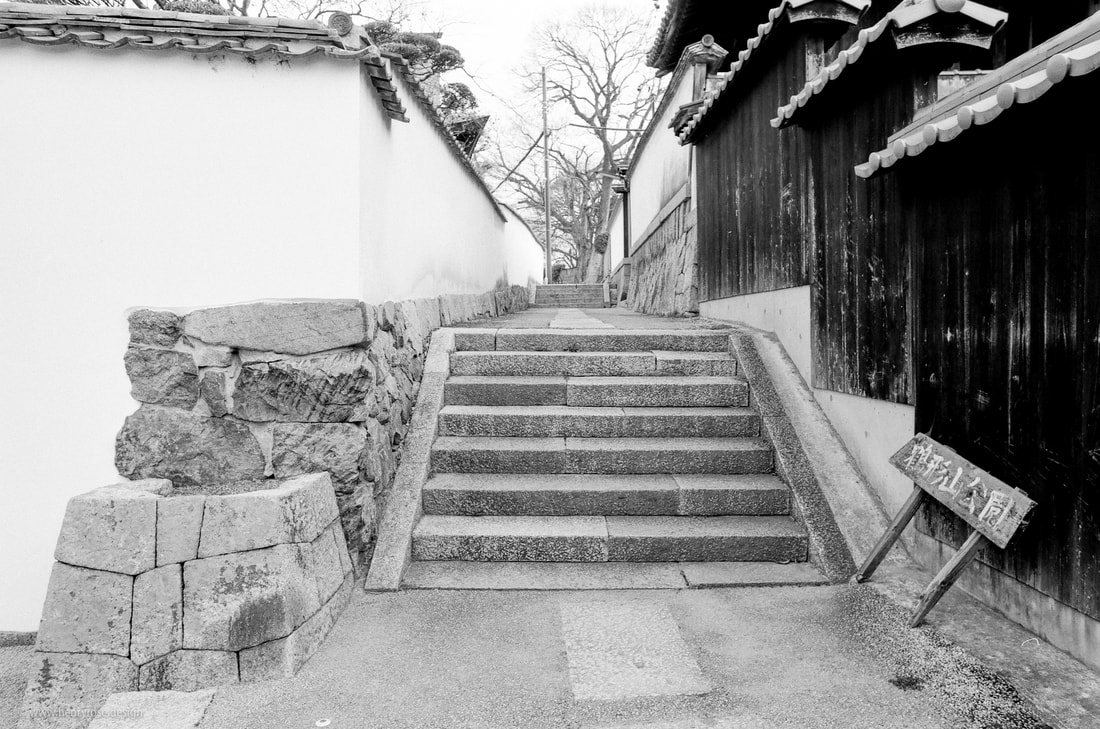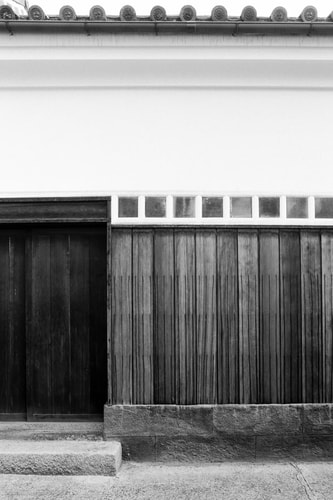|
That architects could fail to see the relevance of their discipline mystifies me. The sense of loss that accompanies critical theory through the last century, the indignation at that loss as if the practice somehow fell from grace—once sublime, now evermore benign, the tired oscillation of an argument between worn dichotomies--as if it were possible that such an basic aspect of civilization were so fragile that it could suffer the caprice of philosophical fashion is astounding. To a point, Kenneth Frampton writes:
Whence the bleak prognosis? Is this really the position from which architecture, albeit that of the Euro-American 1980’s, must extract itself? What is more, if this is simply the formulation of a general malaise at the loss of meaning, the 'death' of the author, the 'collapse' of truth, must architecture be similarly afflicted? I don't buy it. This disease primarily afflicts the intellect, and architecture is more than an intellectual thing. First, to be clear, this is not a critique of Frampton’s position (I think his appraisal is apt); it is a critique of the position in which he finds himself. His attempt to redeem the discipline, even in a self-consciously ‘marginalized’ way, is respectable, but he does not go far enough. In short, he argues: architecture has lost its voice, it lacks a suitable language, the forms are contrived, trite, antiquated references and empty universals. The historical stuff seemed disingenuous so we tried to clean it all up and find something suitably modern, but the bone-white walls were unnervingly cold in the moonlight, so we twisted the skeleton frame and we painted its face, but this puppet caricature just laughs. It mocks us, and the academic laments: “As far as architecture is concerned, there seems to be little chance today that large-scale undertakings will yield works of cultural significance.” You may chose to reject this flash through history as inaccurate or unconvincing but this is where I begin, and when we begin here, things unravel.** The purpose of architecture, I will argue, is not to express an idea at all. Thus at no point is the lack of language a problem, for its purpose is not to speak. That there is symbolic meaning in architectural forms does not indicate that their primary function is to convey this meaning, and by extension, that this is how they attain cultural significance. Do we really think that the value of the Alhambra has anything to do with an idea? Do we stand stupefied in Sainte Chapelle and say, ‘I cannot believe someone thought of that” —? No. We say “I cannot believe they made that.” It is the simple fact that these structures were built at all which makes them so impressive.
*Kenneth Frampton, "Ten Points on an Architecture of Regionalism: A Provisional Polemic." Center 3: New Regionalism, 1987 (20-27). **This is a curious position to defend with an argument because to do so presumes the structures it calls into question. I suggest some ways to do this here, but the point is that the subordination of the rational mind is a useful concept. Many good things follow from trusting what the body knows, as that which supports the mind, and accordingly by refining our knowledge through health rather than through the manic consumption of data processed in syllogism. The mind is just one of many interrelated structures of the body. It is powerful, and like all power has a scalar quantity without a value-oriented direction, working for good and for ill alike, capable of extraordinary self-deceit, self-loathing and self-destructive behavior. To me, nothing is more dubious than Descartes' radical self-doubt, since he has excised from his argument the only thing that would validate it: his corporeal existence. There is another response. If my position begins to sound like faith, that is, radical self-trust, I permit this association. In both cases, towards doubt or belief, there is a structural leap that must be made beyond (rationalist) epistemological limits. The typical question is, at this famous moment, breaking on the rocky shore of the mind, faced with the howling winds of aporia—which way do you jump? I want to push this even further, and suggest that the healthy individual does not experience this crisis, does not even ask herself this question. *
Comments are closed.
|
WritingArchives
January 2021
Categories
All
|



